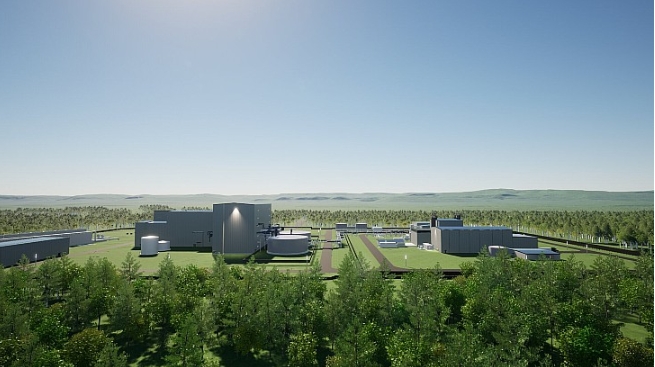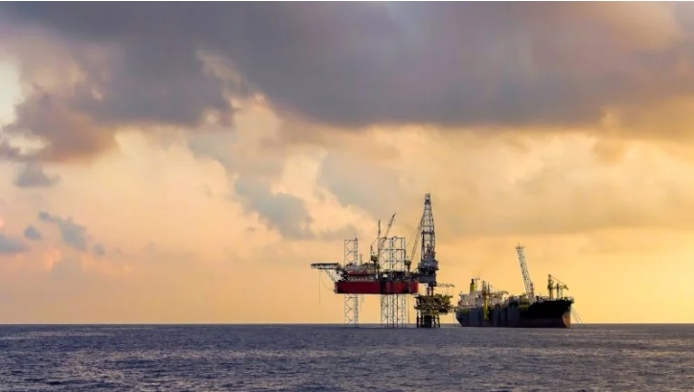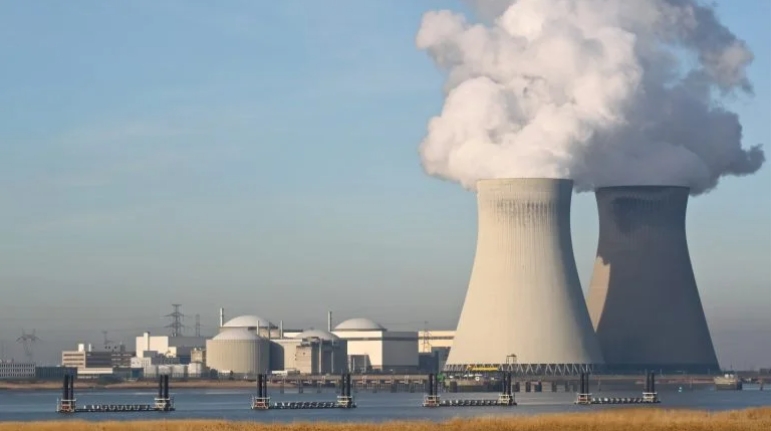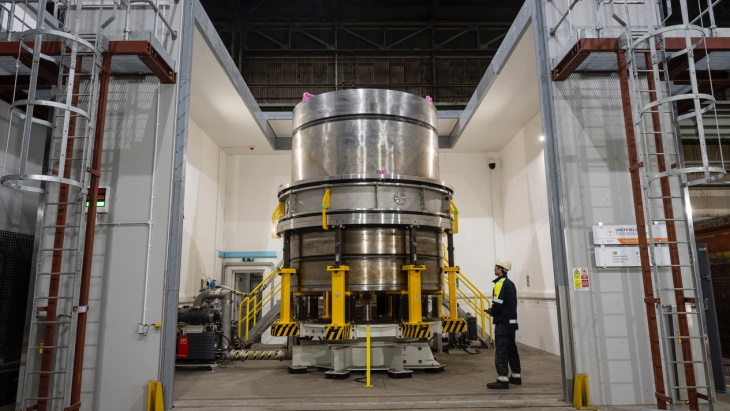EU leaders said green hydrogen produced from renewable power via electrolysis should be given priority over other forms of ‘low carbon’ H2 as the economic bloc races to create a hydrogen market for Europe on its path to carbon neutrality by 2050.
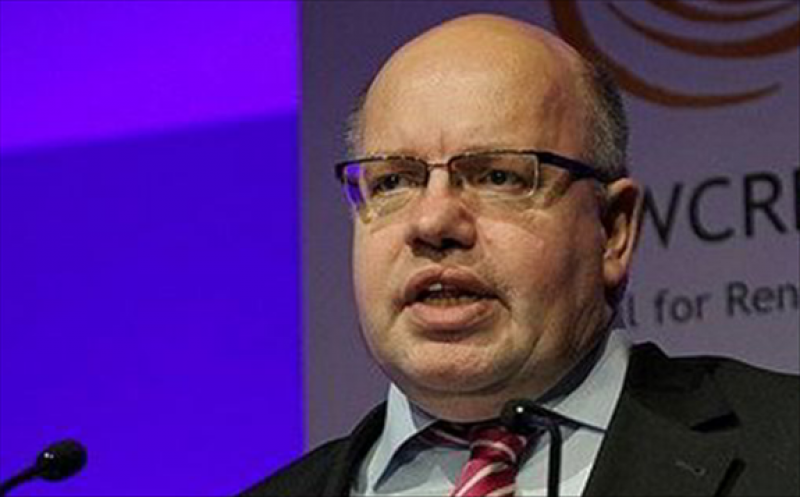
The European Council of the 27 EU leaders on Friday adopted Council Conclusions Towards a Hydrogen Market for Europe, to give political guidance for the implementation of the EU Hydrogen Strategy presented by the European Commission in July 2020.
The commission in its hydrogen strategy said it aims for the ramping up of 6GW of renewable hydrogen electrolyser capacity by 2024, and 40GW by 2030, but still needs to outline a pathway on how to reach those targets.
Lobby for nuclear and blue hydrogen
Some member states, notably France and Eastern European countries, had been lobbying for also acknowledging hydrogen produced with nuclear power as clean hydrogen, while others said so-called blue hydrogen produced from natural gas linked to carbon capture and storage (CCS) should also be allowed to contribute to the EU targets and serve as a bridge technology.
The latter option is also being favoured by oil and gas majors such as Equinor – despite their stated will to become bigger players in renewable energy.
EU leaders didn’t completely rule out the use of nuclear or blue hydrogen, but made clear that green hydrogen will have priority as the EU Commission further elaborates its strategy.
“The Council recognises that there are different safe and sustainable low-carbon technologies for the production of hydrogen that contribute to the rapid decarbonisation,” the Council conclusions on hydrogen read.
“Member States recognise that emphasis should be given to hydrogen from renewable sources in view of its key role for the achievement of the decarbonisation objective, and that the additional renewable energy demand from the deployment of hydrogen from renewable sources will have to be taken into account in further planning and deployment of additional renewable energy capacity.”
Steeper cut in emissions
The conclusions on hydrogen came as the EU Council also agreed to lower the bloc’s net greenhouse gas emissions by 55% by 2030 compared to 1990 levels, a steeper cut than the 40% envisaged so far.
“I welcome the decision by the European Council to raise the European climate target for 2030 to 55%,” German economics and energy minister Peter Altmaier said.
“This interim target is important on our way to making Europe a climate-neutral continent by 2050.
"We need to give greater priority to energy efficiency, to advance the use of renewables-based electricity in all sectors, and to fund the manufacture and use of renewable and low-carbon forms of energy, such as hydrogen.”
Although Altmaier praised the steeper EU emission reduction target and efforts to advance the hydrogen agenda, the government coalition in Berlin of his own Christian Democrats with the Social Democrats on Monday postponed a decision on steeper German renewables targets as part of a compromise on an amendment to the country’s Renewable Energies Act (EEG).
New targets instead are slated to be determined in coming weeks, and according to German environment minister Svenja Schulze should already take into account the more ambitious EU climate targets.
Germany’s energy and water industry federation (BDEW) welcomed the EU Council’s position on hydrogen.
“With regard to the positioning on hydrogen, it is positive that the member states are placing the focus on renewable hydrogen, but also recognize the important role of decarbonised hydrogen,” BDEW chairwoman Kerstin Andreae said, but added that it was regrettable that the member states do not sufficiently appreciate the potential of hydrogen for decarbonising the heating market.
“With regard to infrastructure, the blending of hydrogen into the gas grid and the important role of the distribution network operators in ramping up the hydrogen economy should also be taken into account.”
Offshore renewables
In a separate conclusion, the EU Council also welcomed the commission’s recently launched Offshore Renewable Energy strategy that aims for a five-fold increase in offshore wind capacity to 60GW by 2030, and then to 300GW by 2050 – and asked for more concrete steps to help the steep increase in wind at sea.
“In its conclusions the Council asks the Commission to present an ‘enabling framework’ for cross-border and other relevant national renewable energy projects,” the Council conclusions read.
“Cross-border joint and hybrid offshore projects, connecting to more than one Member State and thereby combining electricity generation, transmission and energy trade, aim to support the integration of growing volumes of renewable energy into the European electricity market.”
As a first step, German and Denmark today agreed to cooperate more closely in the planning of energy islands linked to both countries’ power grids.
